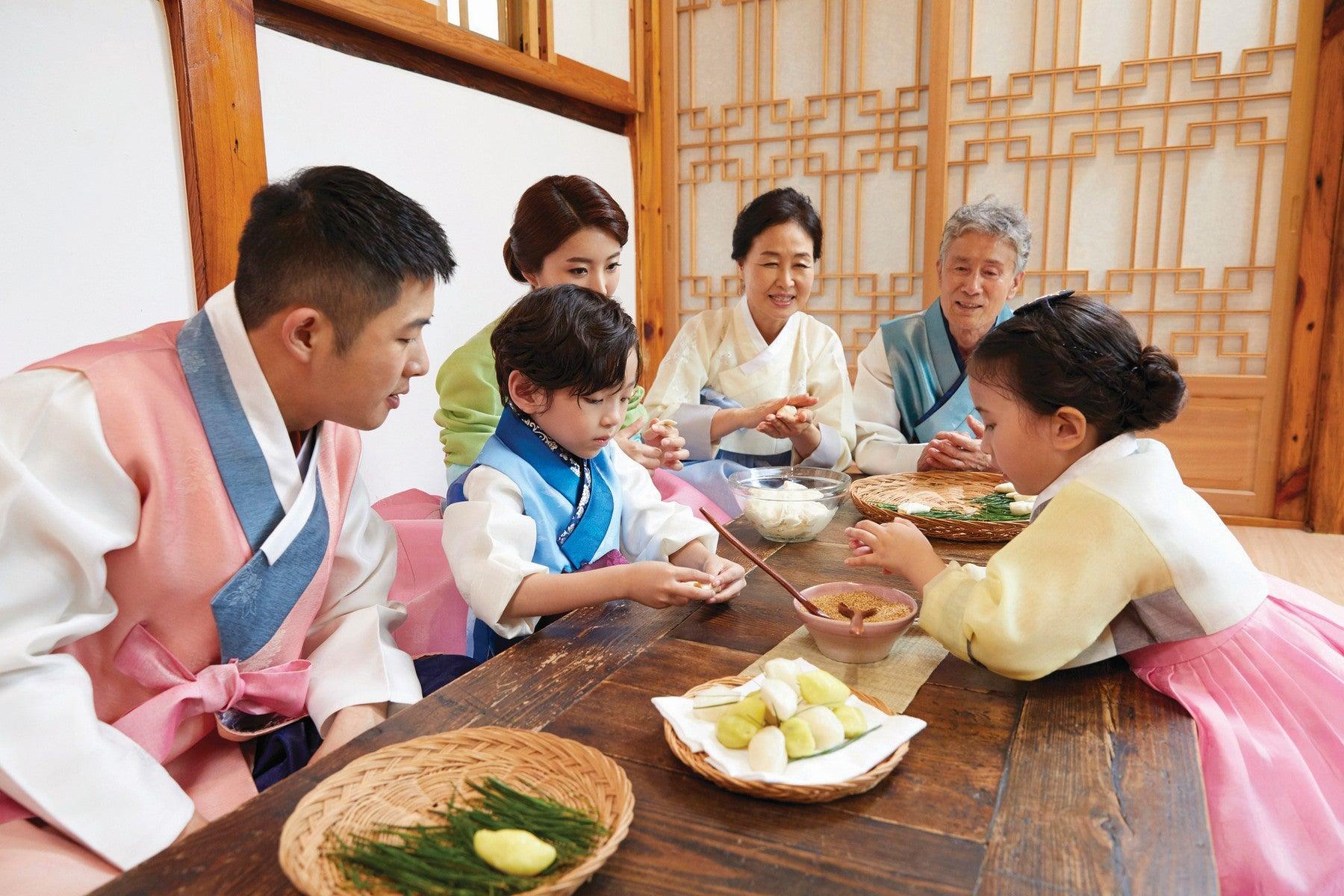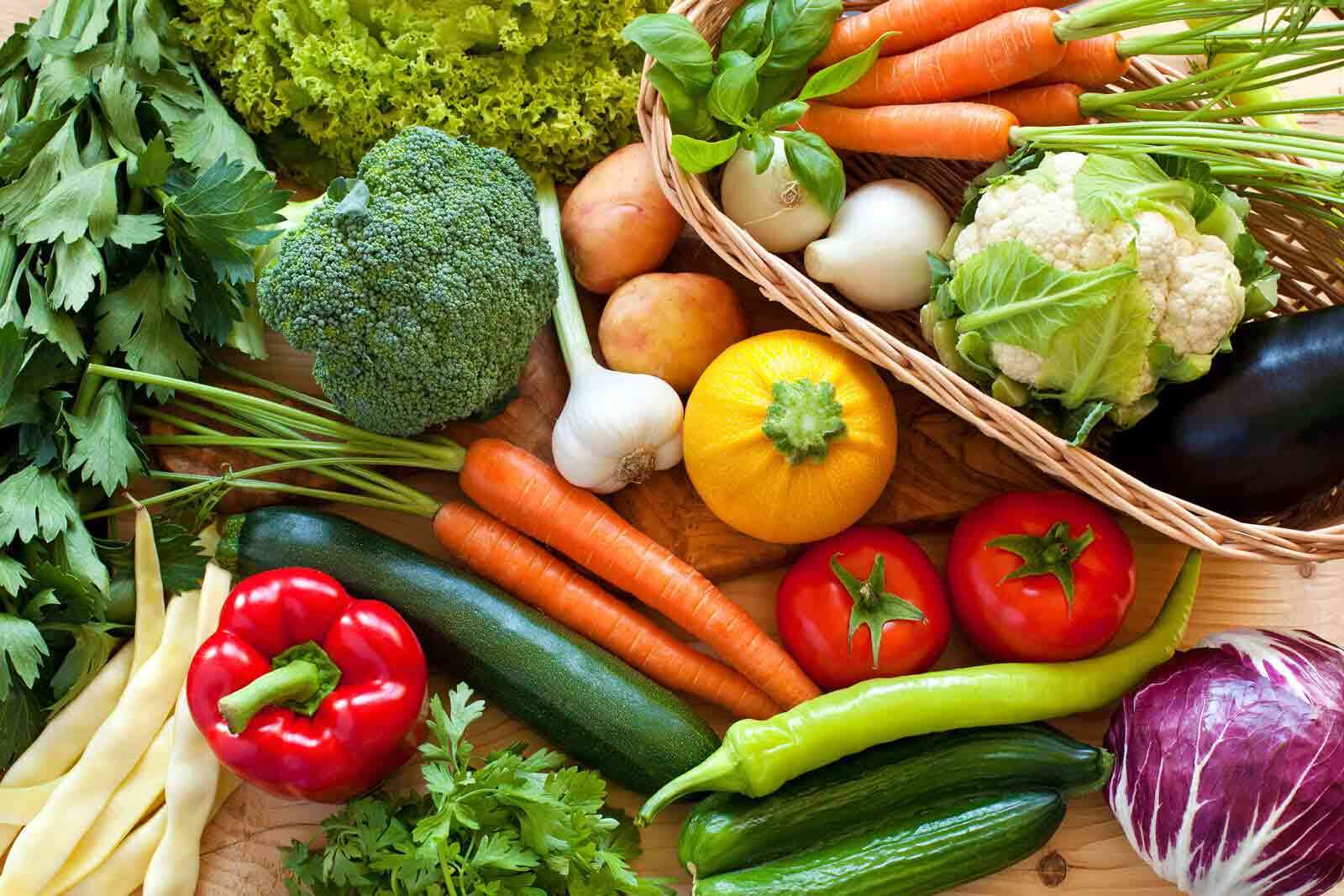
What is Chuseok Festival? Chuseok, also known as Hangawi, is one of South Korea's most cherished holidays. Celebrated on the 15th day of the 8th lunar month, it marks the harvest season and honors ancestors. This three-day festival is a time for family reunions, traditional rituals, and delicious food. Families gather to perform Charye, a memorial service for ancestors, and enjoy dishes like songpyeon, half-moon-shaped rice cakes. Traditional games, folk dances, and visits to ancestral graves are also part of the festivities. Chuseok beautifully blends ancient customs with modern celebrations, making it a vibrant and meaningful event in Korean culture.
Key Takeaways:
- Chuseok, also known as Korean Thanksgiving, is a three-day festival in South Korea that celebrates the harvest season and honors ancestors through rituals, traditional attire, and delicious cuisine.
- Chuseok is a vibrant cultural event that brings families together, featuring ancestor worship, traditional games, and regional variations, while also adapting to modern times and gaining global recognition.
What is Chuseok?
Chuseok, also known as Korean Thanksgiving, is one of the most important holidays in South Korea. This three-day celebration is rich in tradition and history, bringing families together to honor their ancestors and celebrate the harvest.
- Official Name: Chuseok (추석, 秋夕) translates to "autumn evening" in Korean.
- Alternative Names: Also known as Hangawi (한가위) or Jungchujeol.
- Observance: Celebrated mainly in South Korea, but also in North Korea on a smaller scale.
- Type of Holiday: A blend of cultural and religious influences, including Buddhism, Confucianism, and shamanism.
- Significance: Celebrates the harvest season and honors ancestors for their blessings.
When is Chuseok Celebrated?
The timing of Chuseok is based on the lunar calendar, making it a movable feast. Here’s when you can expect to celebrate this vibrant festival.
- Date: Celebrated on the 15th day of the 8th lunar month. In 2024, it falls on September 16-18.
- Duration: A three-day holiday, starting on the 14th day and ending on the 16th day of the 8th lunar month.
Historical Origins of Chuseok
The roots of Chuseok are deep and somewhat mysterious, with connections to ancient rituals and legends.
- Historical Origins: Believed to have originated from ancient shamanistic celebrations of the harvest moon.
- Gabae Legend: Linked to the Silla kingdom's weaving contest, known as Gabae.
- Shamanistic Roots: Evolved from rituals offering new harvests to local deities and ancestors.
Ancestor Worship and Rituals
A significant aspect of Chuseok is the practice of ancestor worship, which involves various rituals and ceremonies.
- Ancestor Worship: Families perform memorial services called Charye (차례) to honor their ancestors.
- Charye Rituals: Involves offering food, fruits, and beverages to ancestors in a specific order.
- Family Reunion: A time for family reunions, with many traveling from cities to their hometowns.
Traditional Attire and Cuisine
Chuseok is also a feast for the senses, with traditional clothing and delicious food playing a central role.
- Traditional Attire: People often wear hanbok, traditional Korean clothing, to show respect.
- Traditional Cuisine: Includes dishes like songpyeon (half-moon-shaped rice cakes), japchae (glass noodles), and galbijjim (braised beef short ribs).
- Songpyeon: Made with ingredients like sesame seeds, black beans, and honey, steamed over pine needles.
- Food Offerings: Prepared food is offered to ancestors as a sign of respect and gratitude.
- Alcohol Consumption: Traditional liquor like baekju is commonly consumed during the festivities.
Gift-Giving and Folk Games
Gift-giving and traditional games add to the festive spirit of Chuseok, making it a time of joy and celebration.
- Gift-Giving: Popular gifts include Spam gift sets, fruit baskets, and meat sets.
- Folk Games: Activities like ganggangsullae, a folk dance performed by women under the full moon.
- Ssireum: Traditional wrestling that became popular during the Joseon Dynasty.
Tomb Visits and Harvest Feasts
Visiting ancestral tombs and sharing harvest feasts are integral parts of Chuseok, reflecting the holiday's deep cultural significance.
- Beolcho: Ancestral rite where family members clean the graves of their ancestors.
- Tomb Visits: Families visit tombs to trim plants, clean the area, and offer food and drink.
- Harvest Feasts: Central to the celebrations, featuring traditional dishes and seasonal foods.
Cultural Significance and Regional Variations
Chuseok is not just a harvest festival but a cultural event that varies across regions, showcasing Korea's rich heritage.
- Cultural Significance: Brings families together, strengthening bonds and honoring ancestors.
- Regional Variations: Different foods and activities are celebrated in various regions.
- Traditional Music and Dance: Palaces host traditional music and dance performances during Chuseok.
Modern Celebrations and Global Recognition
Chuseok has adapted to modern times while maintaining its traditional roots, gaining recognition worldwide.
- National Folk Museum of Korea: Hosts holiday events where visitors can participate in traditional activities.
- Modern Celebrations: Cultural sites and museums organize special events and exhibitions.
- Tourism Impact: Significant tourist event, with crowded roads and hotels.
- Economic Impact: Businesses experience a surge in sales during this period.
- Tradition and Modernity: Blends ancient customs with modern elements.
- Similar Festivals: Related to other mid-autumn harvest festivals in East and Southeast Asia.
- Global Recognition: Celebrated by Korean communities around the world.
Ancestor Worship and Food Preparation
The preparation of food and ancestor worship rituals are communal efforts, reflecting the holiday's deep cultural roots.
- Ancestor Worship Rituals: Families perform these rituals to honor ancestors and seek blessings.
- Food Preparation: A communal effort, with many hands involved in making the delicacies.
Traditional Attire and Photography Opportunities
Chuseok offers a chance to wear traditional attire and capture memorable moments, adding to the festive atmosphere.
- Traditional Attire Rental: Rental services are available for those who do not own hanbok.
- Photography Opportunities: The traditional attire and festive atmosphere make it an ideal time for photos.
Community Bonding and Cultural Preservation
Chuseok strengthens community bonds and plays a crucial role in preserving Korean culture.
- Community Bonding: Families come together, creating lasting memories.
- Cultural Preservation: Ensures traditional customs and practices are passed down through generations.
Celebrating Chuseok: A Time-Honored Tradition
Chuseok, a vibrant blend of tradition and modernity, remains a cornerstone of Korean culture. This three-day festival brings families together, honoring ancestors and celebrating the harvest. From ancestor worship rituals like Charye to enjoying traditional foods like songpyeon, Chuseok is rich in customs. Activities like ganggangsullae and ssireum add a festive spirit, while visiting ancestral tombs shows deep respect. Modern elements, such as cultural events at museums, blend seamlessly with ancient practices. Chuseok also impacts tourism and the economy, drawing visitors and boosting local businesses. Whether you're in Korea or part of the global Korean community, Chuseok offers a unique glimpse into a culture that values family, gratitude, and tradition. This festival not only preserves Korean heritage but also adapts to contemporary times, making it a timeless celebration.
Frequently Asked Questions
Was this page helpful?
Our commitment to delivering trustworthy and engaging content is at the heart of what we do. Each fact on our site is contributed by real users like you, bringing a wealth of diverse insights and information. To ensure the highest standards of accuracy and reliability, our dedicated editors meticulously review each submission. This process guarantees that the facts we share are not only fascinating but also credible. Trust in our commitment to quality and authenticity as you explore and learn with us.


